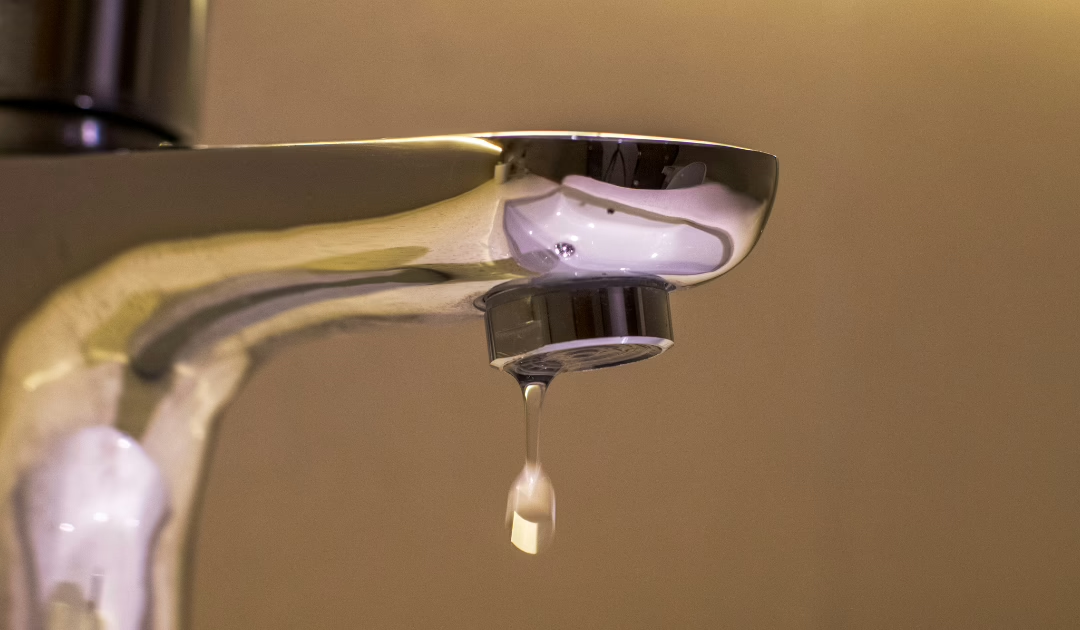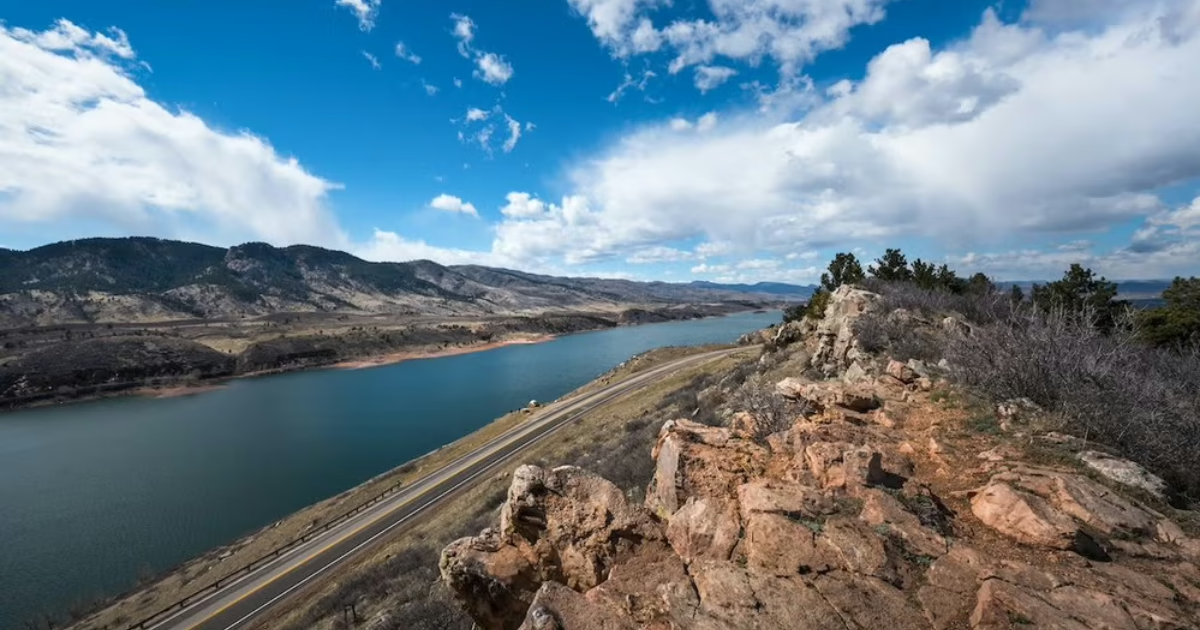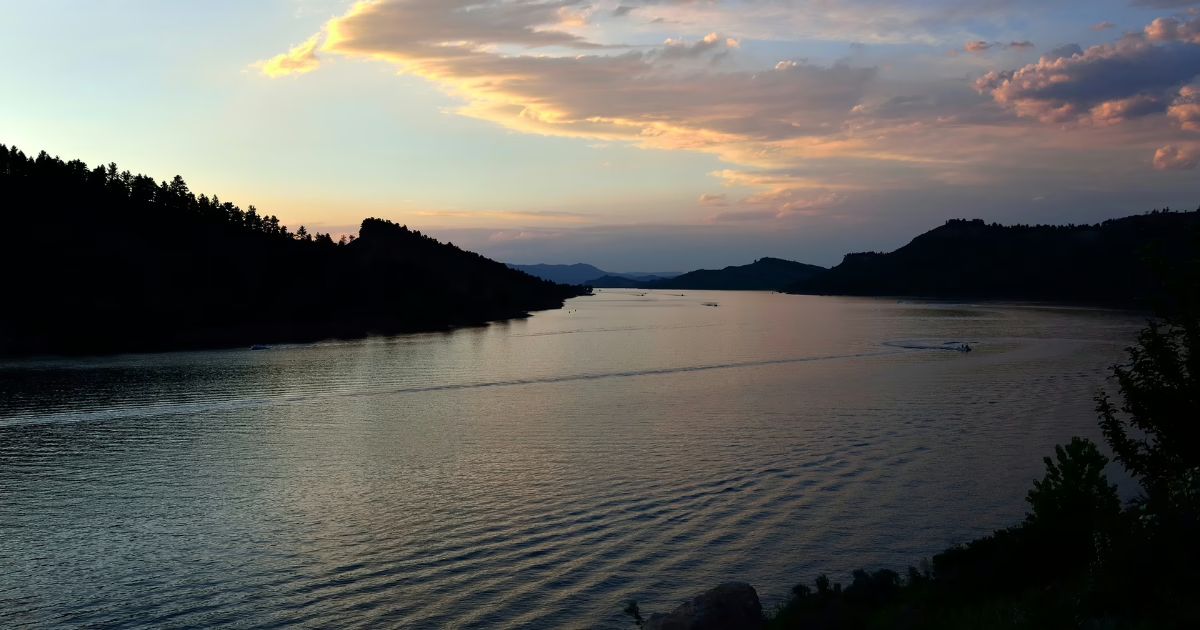As a single mission organization that solely focuses on delivering potable water, obtaining rights to raw water is one of the more complicated aspects of our work. Water rights in Colorado, as well as our naturally dry climate, present a variety of factors that make purchasing water challenging. In this blog post, we’ll explain what water rights are and how they work in Colorado, how water rights affect Fort Collins-Loveland Water District and what we want our customers to know about water rights. While this is a complex topic, we hope to distill it in a way that helps our customers better understand where their water comes from and how it is no small task to get it to our treatment plants.
TLDR Summary
- In Colorado, the water is divided using a prior appropriation system that gives priority to seniority, otherwise known as “first in time, first in right.”
- As the District grows, FCLWD must purchase new water rights, which are primarily funded by the sale of new water taps. In general, there are no new water rights available as the water is all spoken for, therefore we must purchase existing water rights that are for sale.
- When a water utility buys water rights that were previously used for agriculture, those water rights often have to go through a water court to be converted to water for municipal use, which is a costly and time-consuming process.
- FCLWD supports additional projects and methods to diversify our water and firm portfolio, such as the Northern Integrated Supply Project, to increase our water security.
What are water rights, and how do they work in Colorado?
In Colorado, water is owned by individuals, farms and municipalities through water rights. Water rights determine who can use the water, how much they can use it and for what purposes. In a past blog post, we shared how water rights work in Colorado, which is quite different from other parts of the country.
To summarize, in Colorado, we follow a prior appropriation system, or what many call “first in time, first in right.” A helpful explanation from the Colorado Division of Water Resources is,
“The first person to appropriate water and apply that water to use has the first right to use that water within a particular stream system. This person (after receiving a court decree verifying their priority status) then becomes the senior water right holder on the stream, and that water right must be satisfied before any other water rights can be fulfilled.”
People from other parts of the country with more abundant water resources are much more familiar with using water as they need. For example, if a farmer has a river running through their farm, they can take water out of the river for irrigation. In Colorado, this is not the case. The water in our rivers is all spoken for through water rights. Additionally, a landowner does not inherently have the right to water on their property unless they own the water rights. To complicate matters, some Colorado rivers, including the Cache la Poudre River, are over-appropriated, meaning that more water has been spoken for than exists. This is where senior and junior water rights come into play, which we will explain more in the next section.
How do water rights affect FCLWD?
Since our founding in 1961, our staff and board of directors have diligently worked on acquiring water rights to meet our customers’ needs and plan for the future. However, because many of our surrounding neighbors, such as the City of Fort Collins and the City of Loveland, have been around for much longer, they have had more opportunities to purchase senior water rights. We can still acquire senior water rights, but they aren’t as readily available as more junior water rights. Senior water rights have priority over junior water rights, so in years of drought, it’s possible that junior water rights will not receive any water at all.
We had the opportunity to talk about this topic with Scott Dickmeyer, a water resource engineer at Soldier Canyon Water Treatment Authority (SCWTA). Scott’s primary role is to manage the water coming into the water treatment plant, optimize the water rights so that FCLWD and the two other districts (East Larimer County Water District and North Weld County Water District) that have their water treated at Soldier Canyon Water Treatment Plant can get the most water out of their water ownership throughout the water year. Scott shared.
“Because the Poudre River is over-appropriated, the only way to access more water is to purchase existing water rights. The way this works in FCLWD is that when a builder or land developer pays for a new water tap, FCLWD takes part of that fee and must purchase more water to fulfill the needs of that tap. They can purchase water rights from farmers, which often takes place when farmers sell their land for development or convert it to dryland farming and from other sources.”
Another way FCLWD is working to secure water for our future is by supporting projects like the Northern Integrated Supply Project (NISP). NISP will include two new reservoirs in the region, which will help FCLWD and 14 other participants hold onto water during abundant years for later use during drought years. With climate change, precipitation variability is here to stay. We certainly do see that some years we have plentiful water while others there is a shortage.
What we want our customers to know about water rights
The most important thing for our customers to know is that we maintain a diverse portfolio of water resources and support vital infrastructure like NISP and Cobb Lake Regional Water Treatment Authority (CLRWTA) to provide reliable and secure water. As people move to our region, new tap purchases fund the acquisition of new water rights, but this process is costly and takes a long time.
For example, suppose the water rights purchased come from land that was previously agricultural but has been sold to be developed. In that case, we have to take the water rights to the state’s water court and convert them from agricultural rights to municipal rights, which can take up to three years. There are a limited number of water rights, and they are already scarce. They will only become more scarce and expensive, which is one of many reasons for the increase in tap fees.
Water will very likely be the limiting factor in growth in our region. Those who begin to reduce their water use, especially in irrigation, and convert some or all of their turf to waterwise plants will see the least impact of rising rates and increasing water scarcity.
Visit our conservation page to learn more about the water conservation programs and education we provide.
What does this all mean?
Water rights are very complex, and many factors are always involved. Colorado’s prior appropriation system determines how water rights work in our state, with seniority determining who gets the water. This affects our District because as the District grows and new taps are purchased, we use those tap fees to buy new water rights, which is costly and time-consuming. However, overall, our staff and board of directors are very mindful for the future and work hard to diversify our water portfolio, ensuring secure water for all our customers.
If this blog post has piqued your interest and you want to learn more about water rights and how all of these entities work together, here are a few resources for further reading:
As a final note, we’re thankful to Scott and the team at SCWTA for their hard work in maximizing our resources. They do an excellent job, not just for us but also for East Larimer County Water District and North Weld County Water District.



